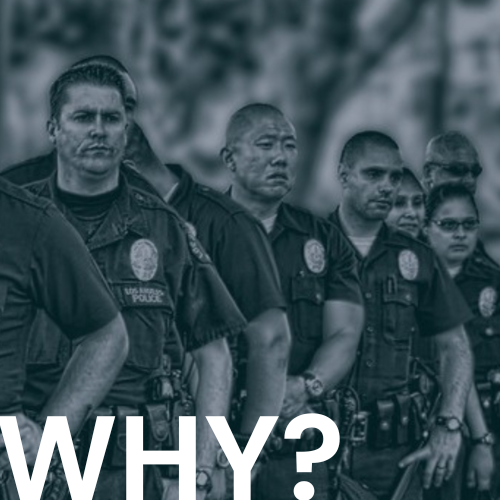Gang Activity
The U.S. Supreme Court held in United States v. Abel [416 U.S. 45 (1984)] that the prosecution may impeach a defense witness based upon the witness’s reputed membership in a prison gang. Likewise, a defendant in a criminal trial should be able to impeach a prosecution witness based on the witness’s reputed membership in a police gang. Membership in a deputy gang is particularly impeaching because there is substantial evidence that deputies are bound to cover up misconduct and lie on behalf of fellow deputies.
A gang is defined as an ongoing organization, association, or group of three (3) or more individuals, whether formal or informal, who:
- Collectively or individually are involved in criminal activity or anti-social behavior; and,
- Claim a common name, color, symbol or dress.
Gang activity ranges in severity form “bullying” to drug dealing and drive-by shootings. These groups thrive on intimidation and notoriety. Dependent on both individual and group participation, these groups can vary in structure from non-formal leadership to highly structured. Gangs will identify themselves with names they take from various places including streets, buildings, bands, or even popular movies.






![Peace Officer Standards & Training [POST] Departments Peace Officer Standards & Training [POST] Departments](/sites/default/files/styles/large/public/2023-07/Brady.png?itok=xsIFvU8R)
![Organizations [Law Enforcement et al.] Organizations [Law Enforcement et al.]](/sites/default/files/styles/large/public/2023-07/Brady%20%282%29.png?itok=H7Pj15F8)

